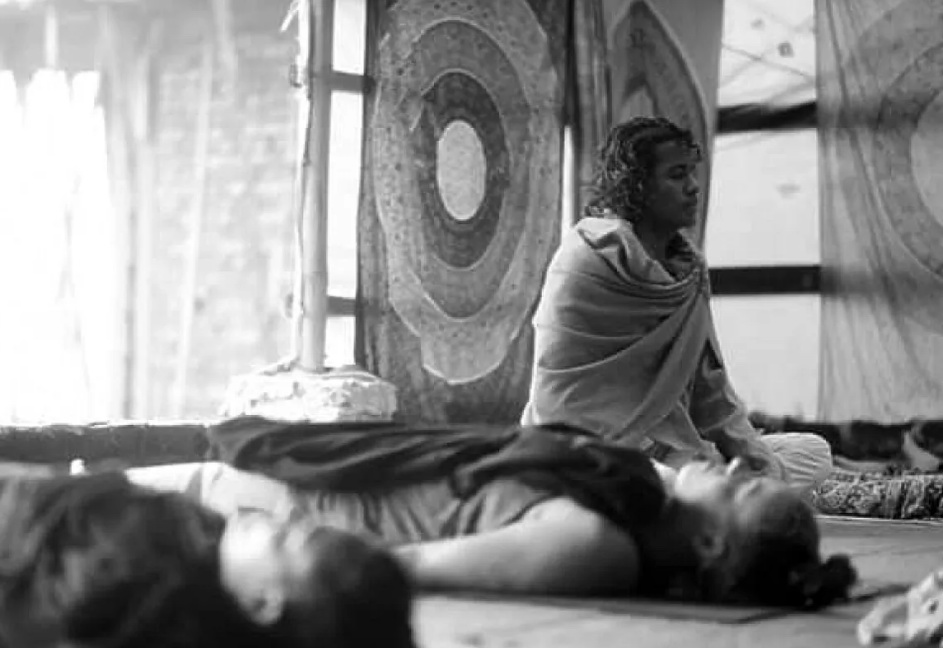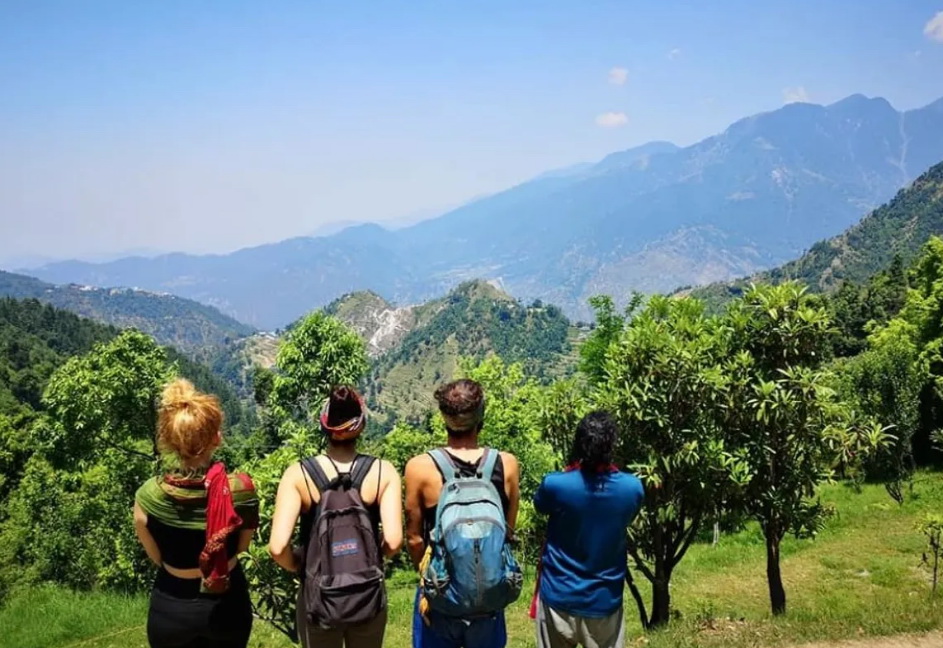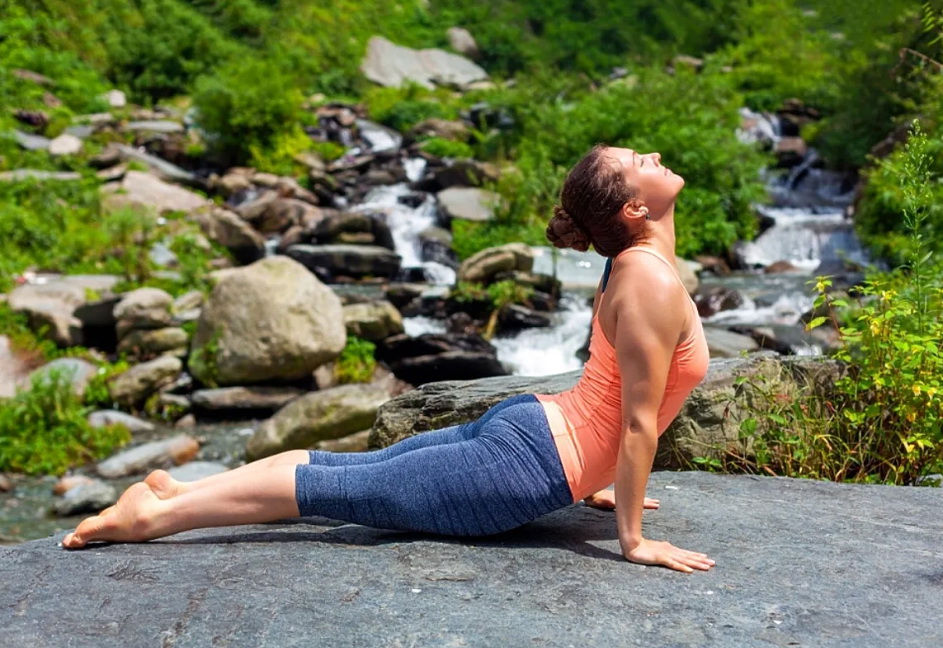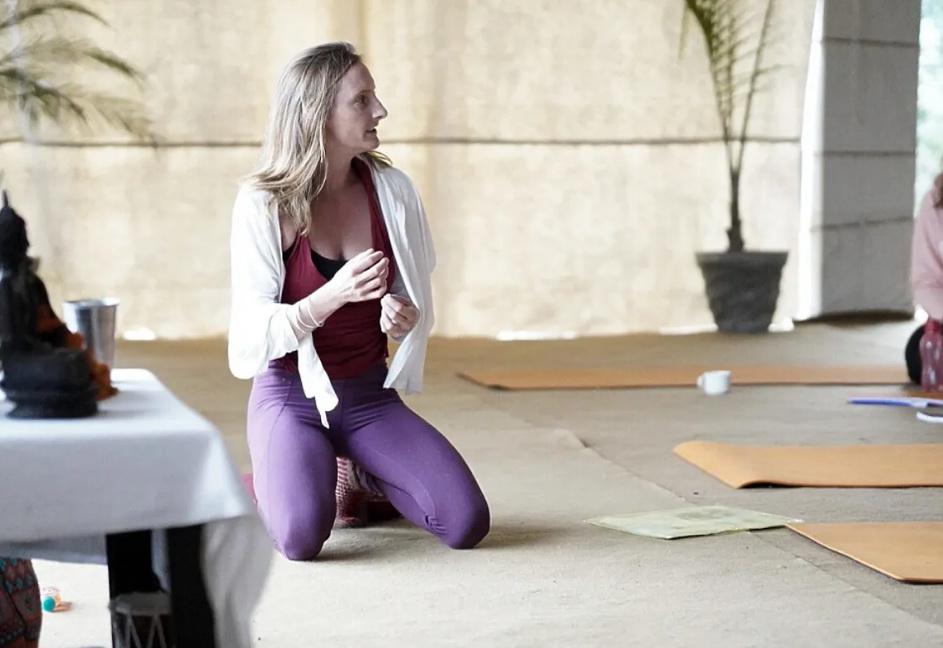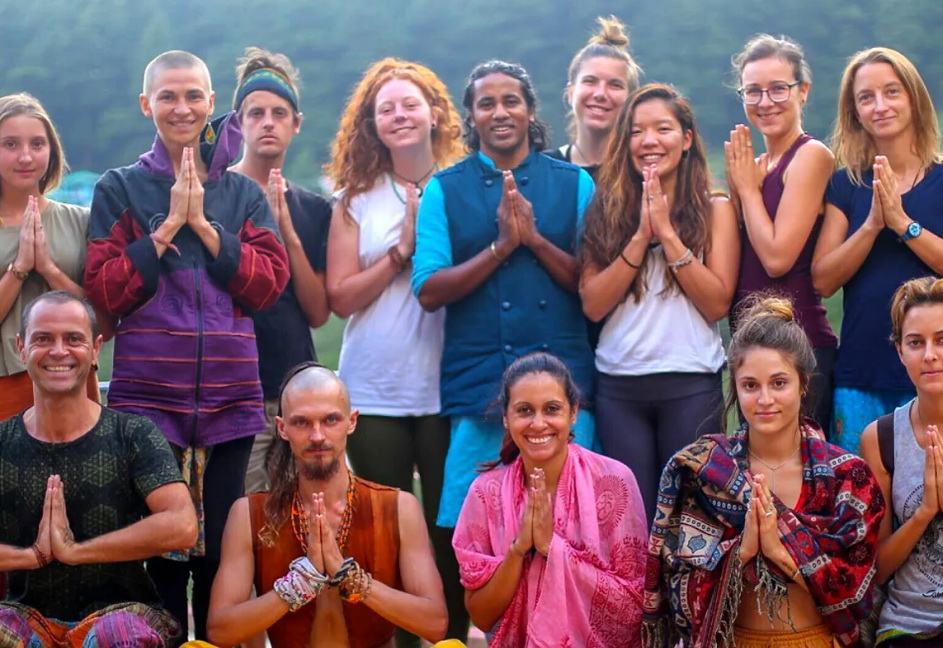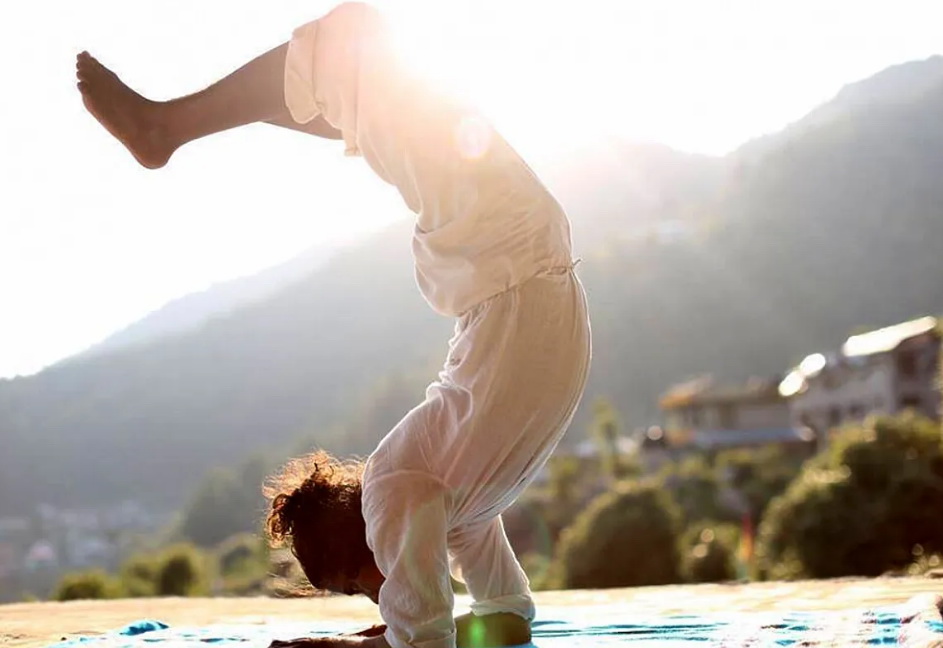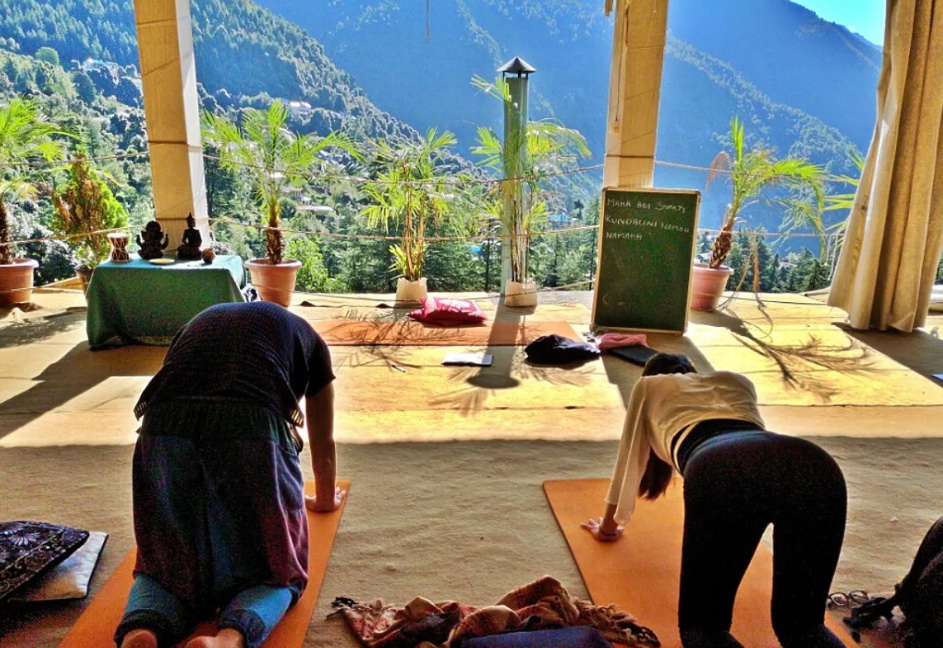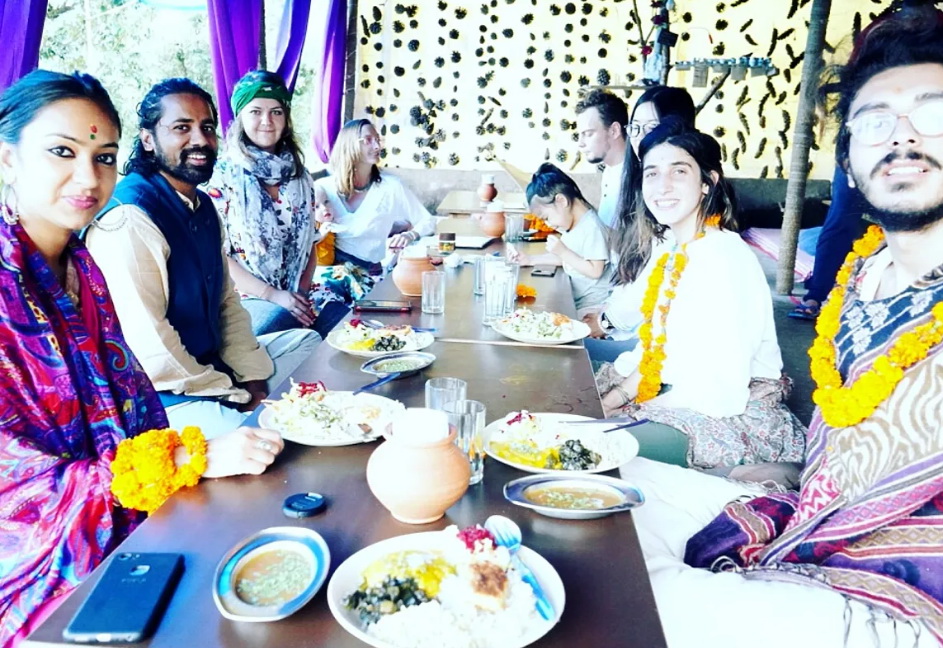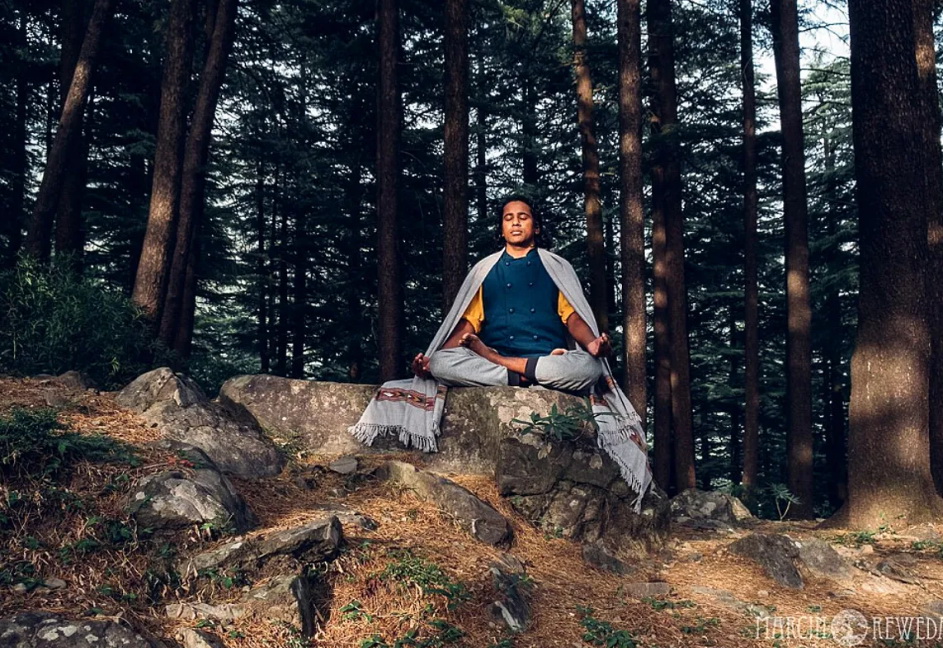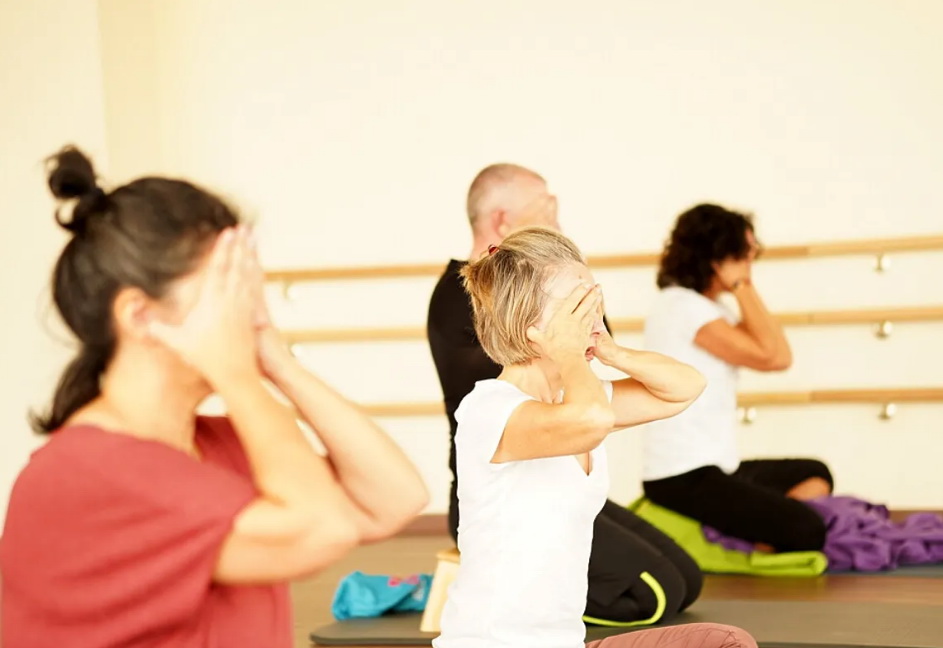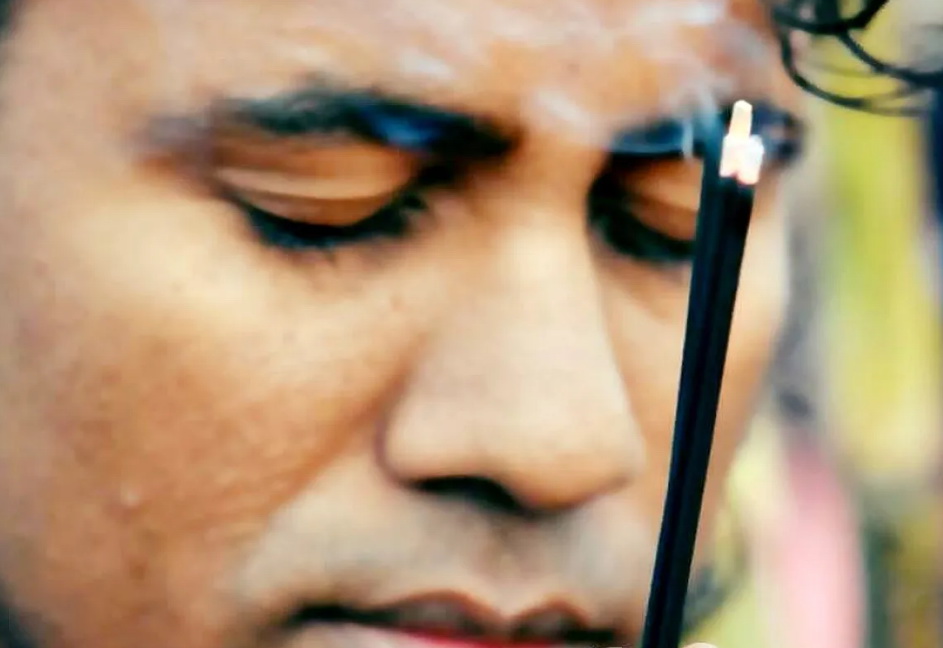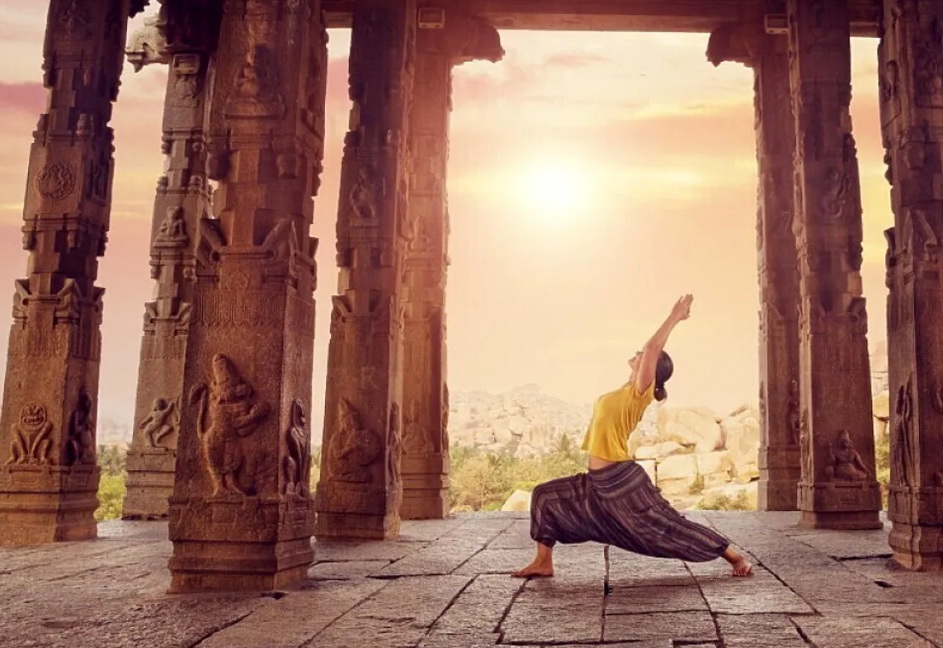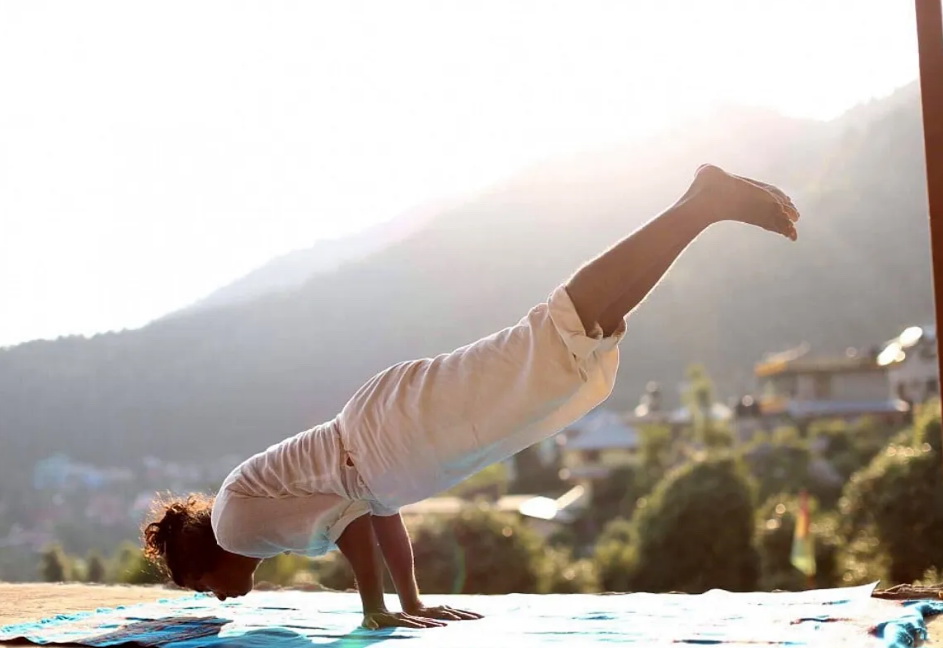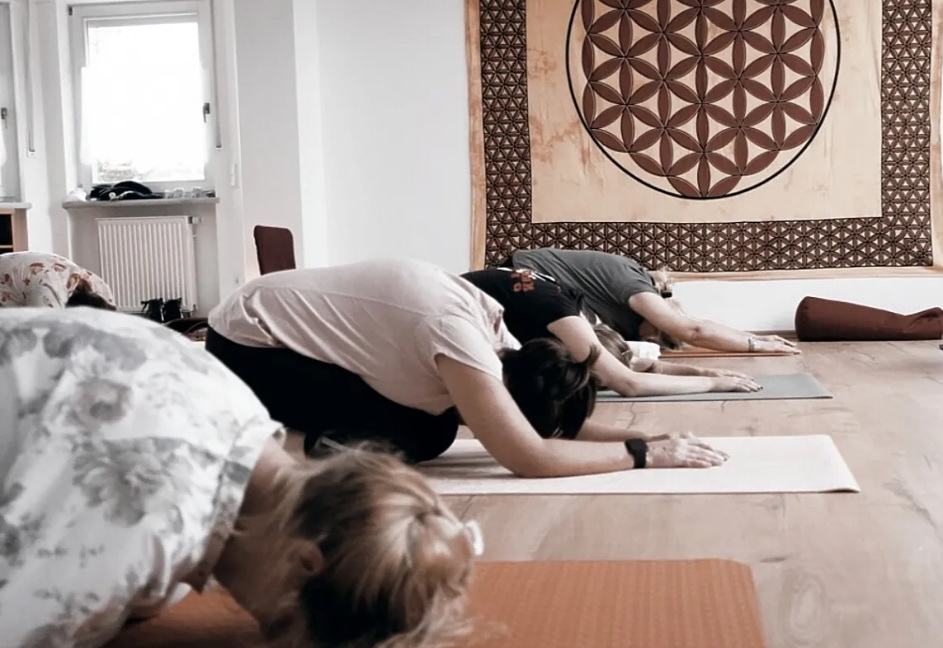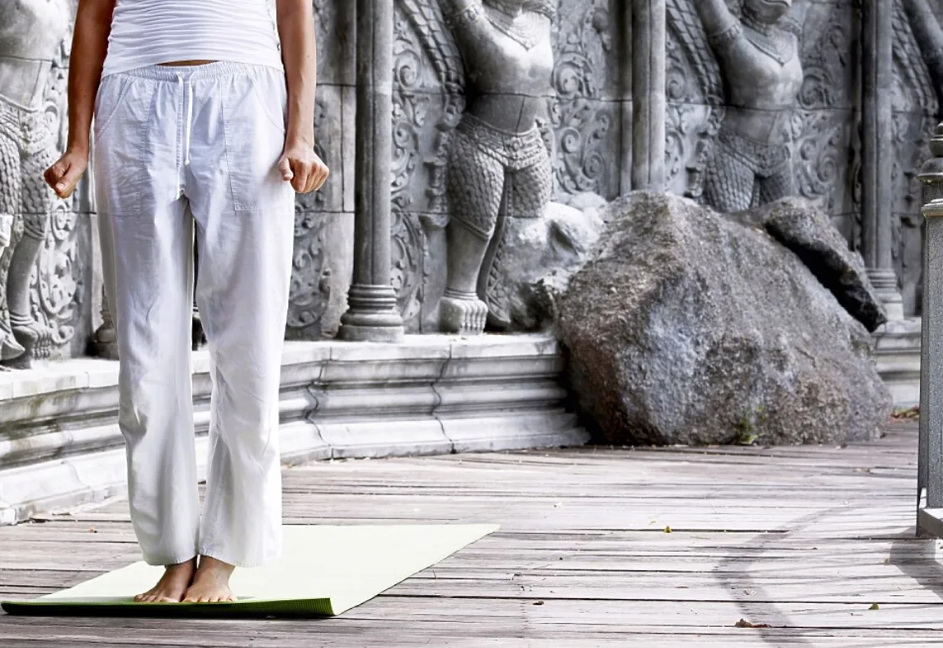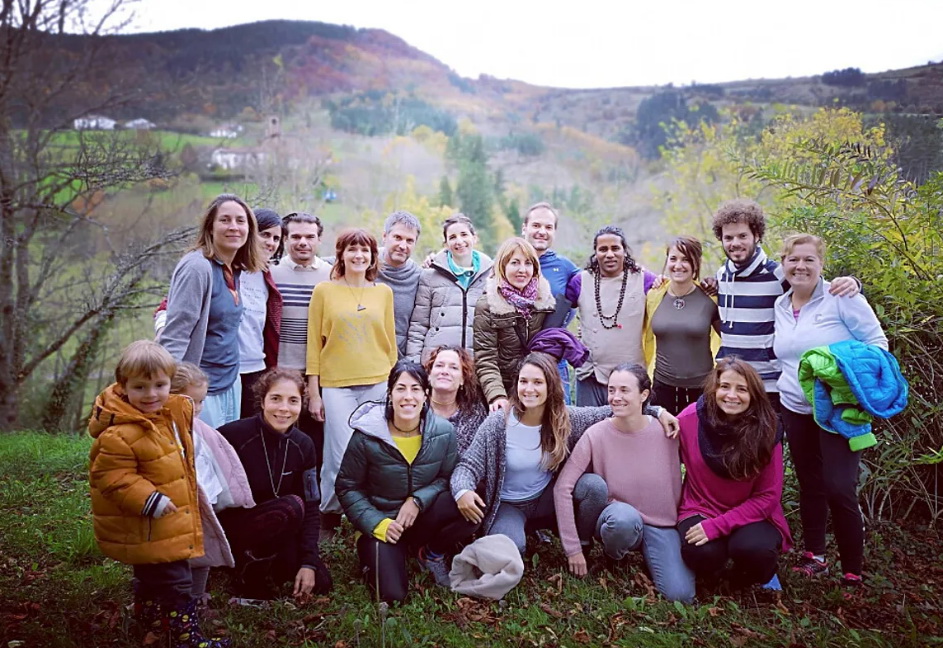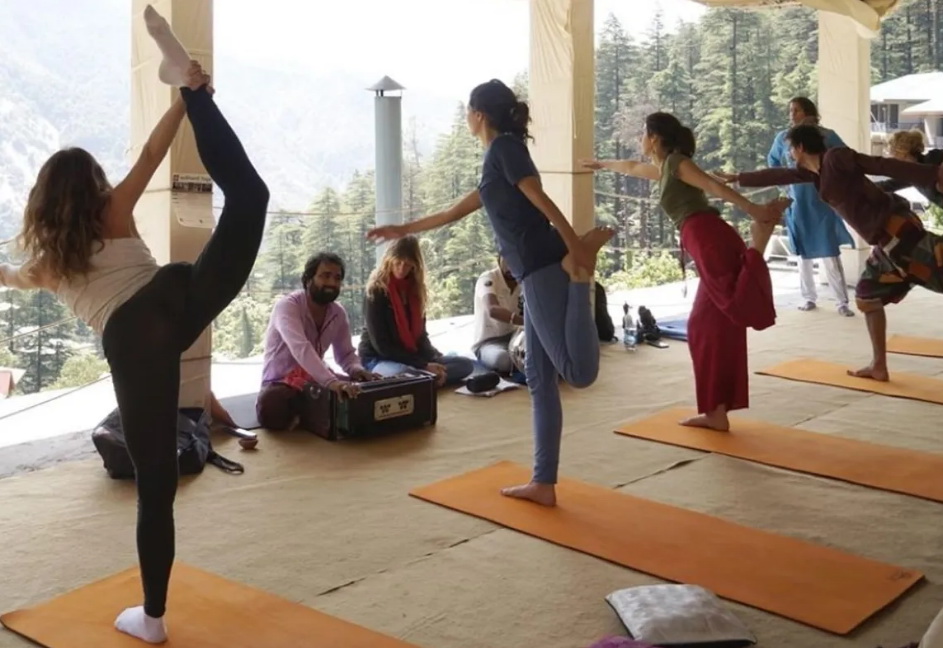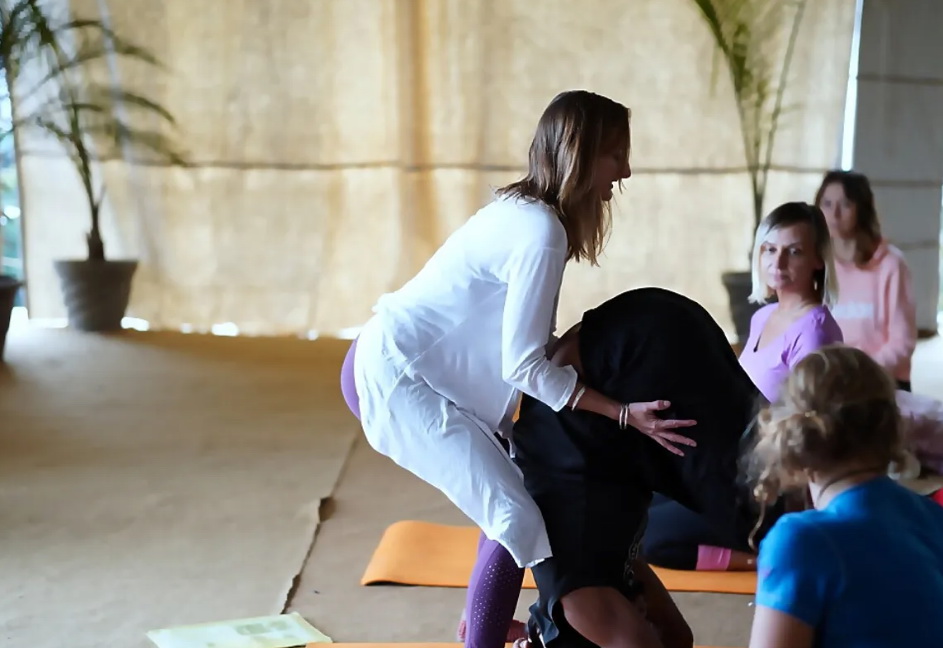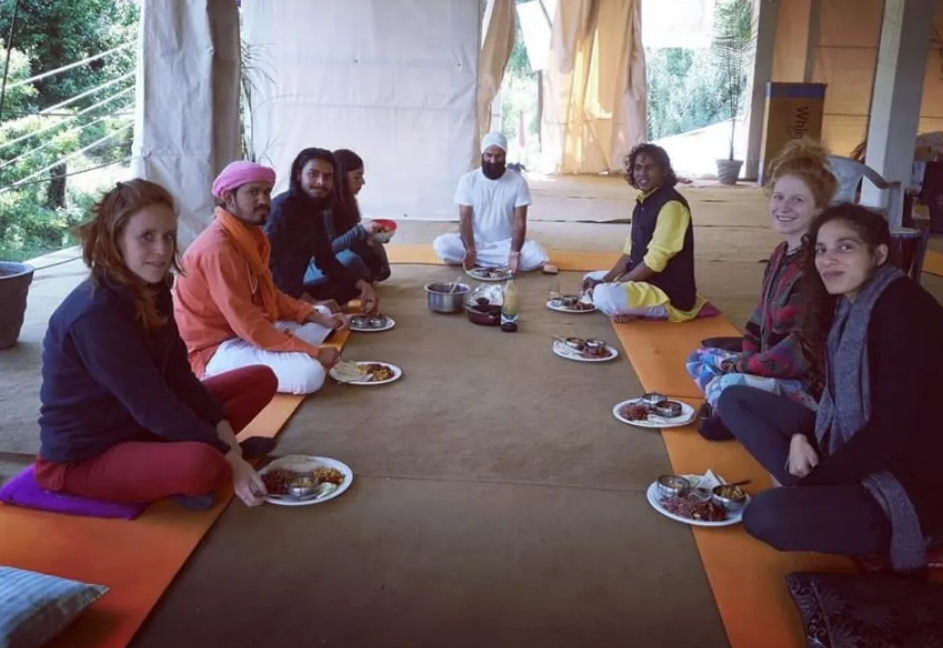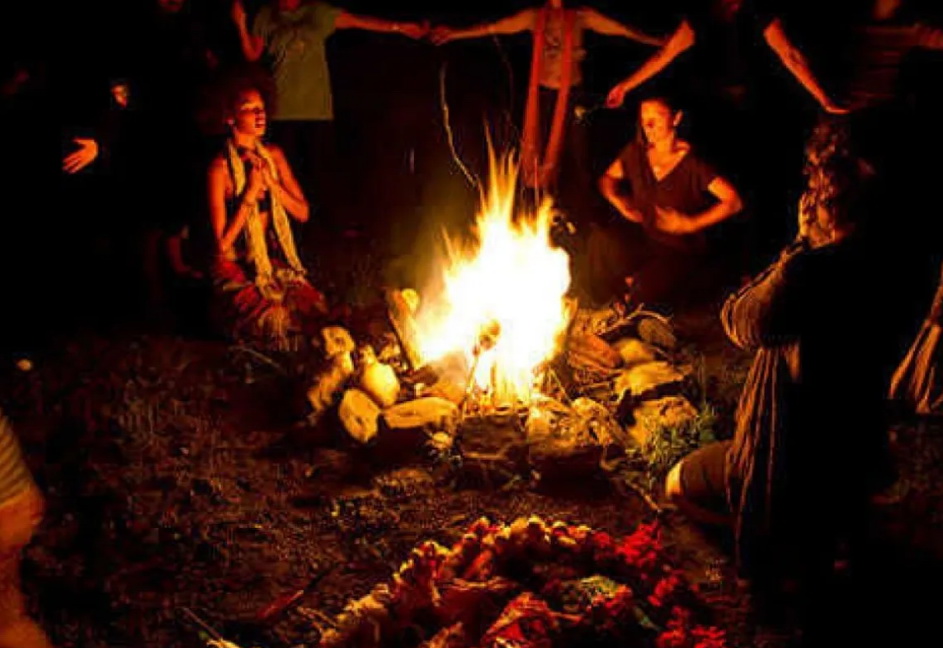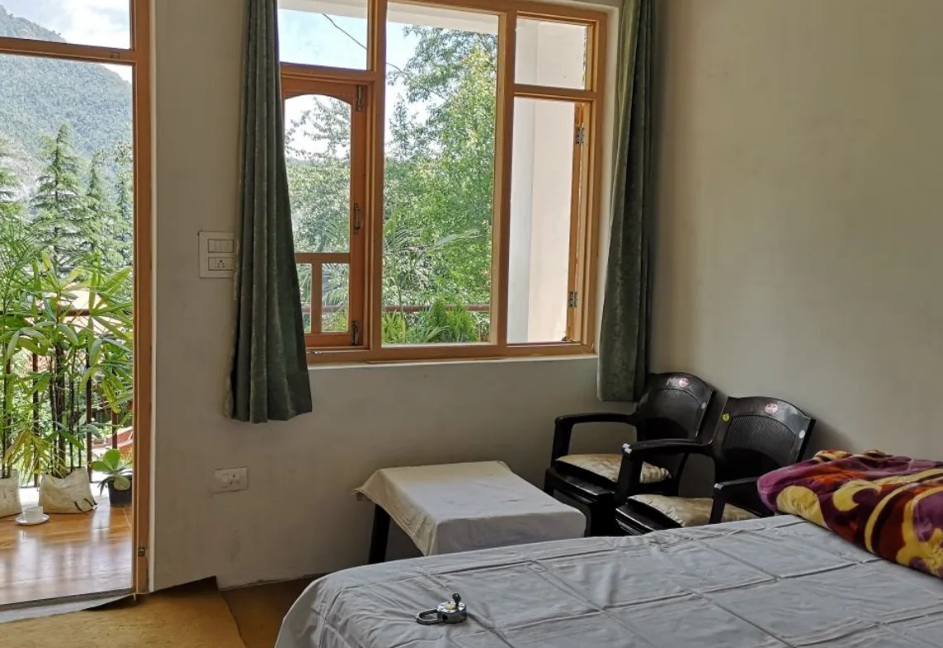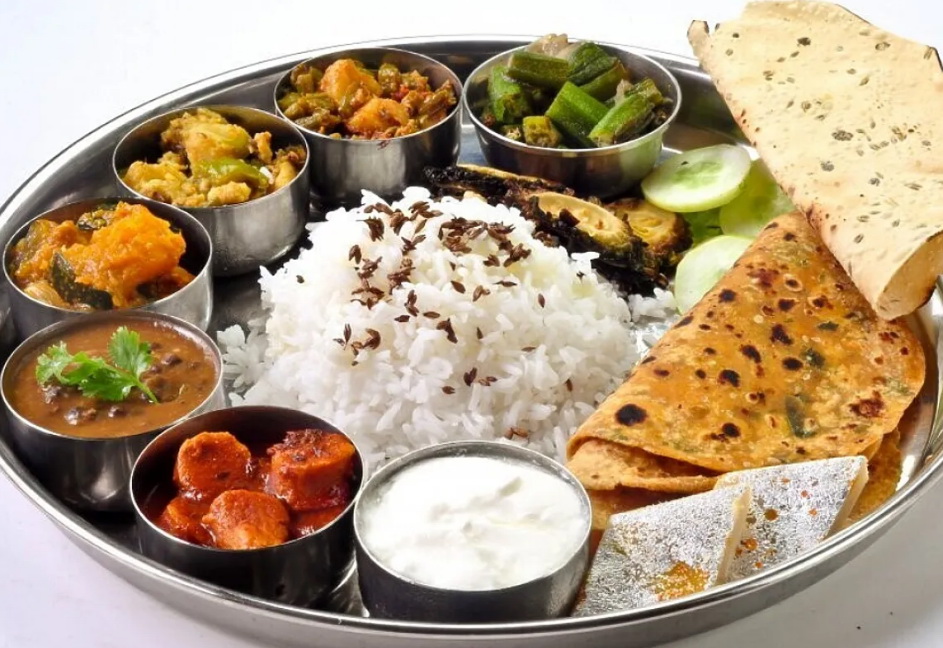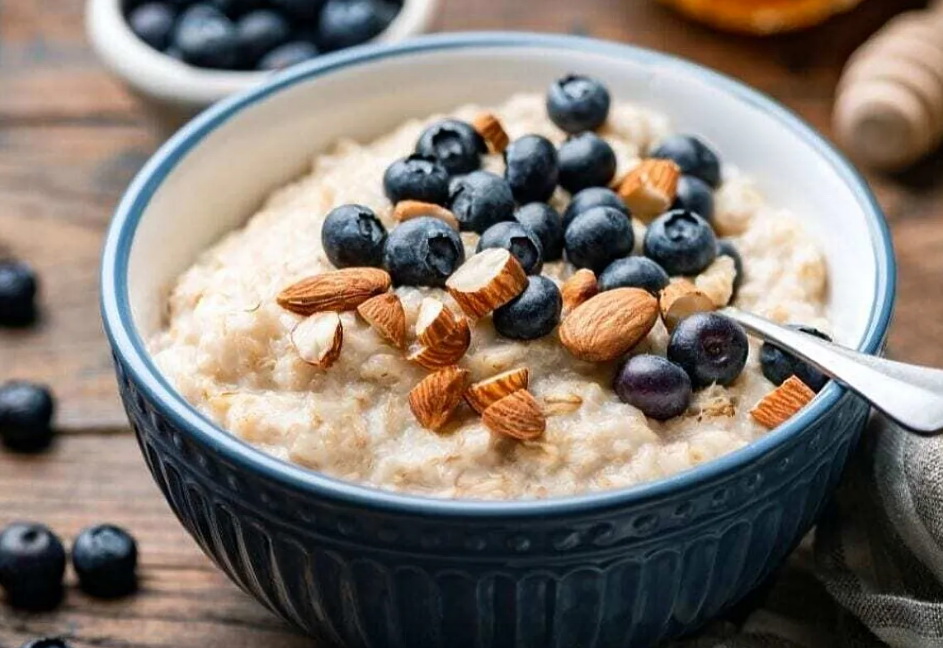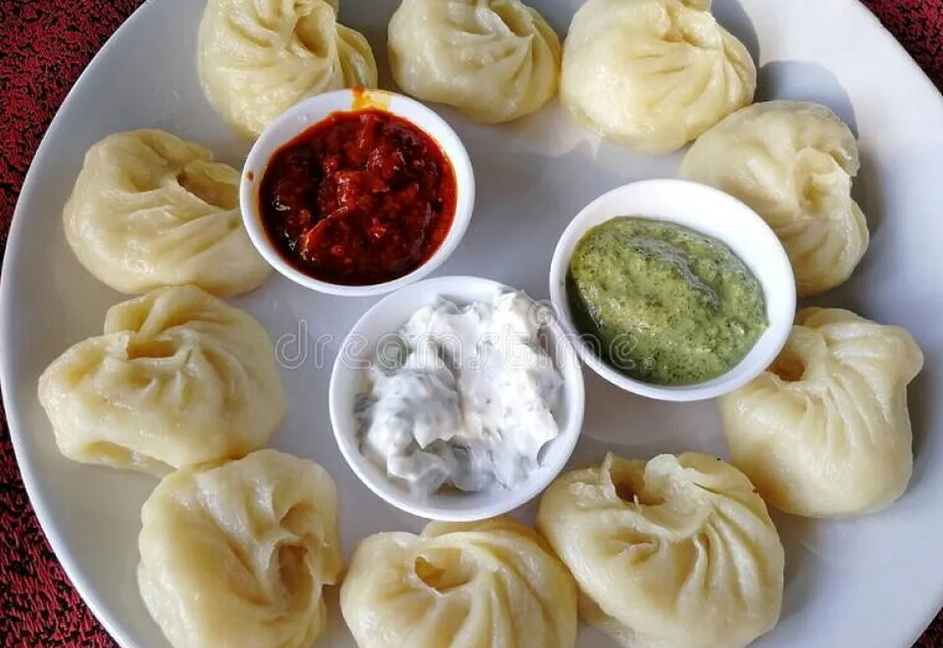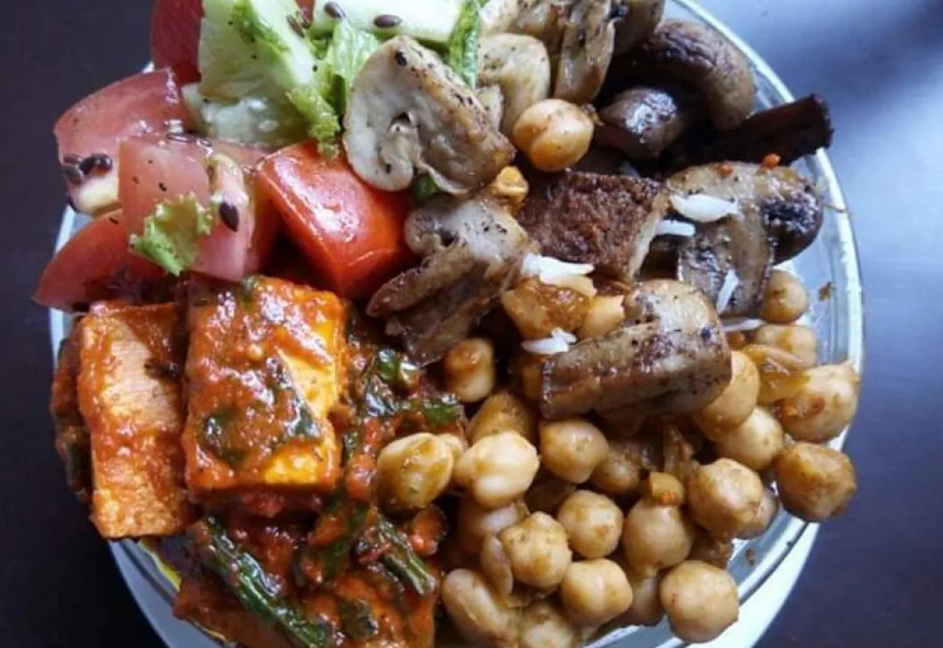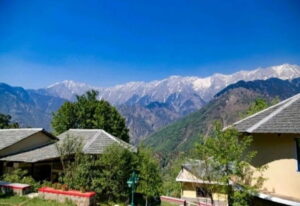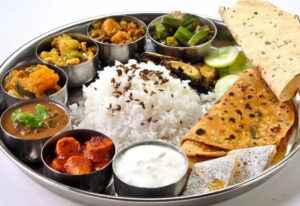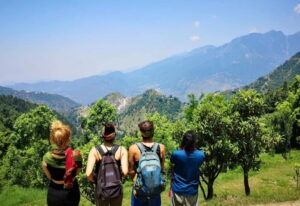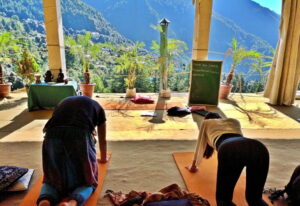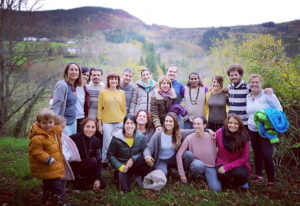Retreat category
Yoga Training retreatsRetreat style
Hatha Yoga.
Kundalini Yoga.
Tantra Yoga.
General YogaLanguage of instruction
EnglishRetreat Month(s)
in abbreviated form e.g: Jan 24, Feb 24, Jun 24 or e.g: all year round if applicable to your retreat
All Year Round
Max. Group size
10 guestsLevel
Beginner-Intermediate-AdvancedParticipants Welcome
Solo-Couples-FamiliesMeals included
3 mealsDiets available upon request
Vegetarian, Vegan, Gluten Free, Organic, Raw, Dairy-free, Diabetic-friendly, Kosher, Halal, Nut-allergy-friendly, Paleo-friendly, Keto-friendly, Sugar conscious, Low fat, Egg-free
Description
list the major aspects of your Retreat you would like to bring forward (make it concise)
Who can join this course ?
Those who want to be an internationally certified teacher
If you are new to yoga (no specific background of yoga is required, being eager to learn is enough)
If you have been practicing yoga for a long time but don’t have knowledge of anatomy, the foundation of the asanas, and yoga philosophy
Don’t want to be a yoga teacher but a desire to deepen your own yoga practice and knowledge.
Those who want to Be Yoga Teacher in Hatha, Kundalini, Meditation, Yoga Nidra, Pranayama, Tantra & Chakra Healing
Course structure :
This course will be following traditional & authentic approach of more than 5000 yrs ancient yogi science. Course has been been divided into several modules
- 1) Yoga philosophy,
- 2) Yoga Asana
- 3) Pranayama & Kriya
- 4) Chakra Yoga & Healer Training
- 5) Meditation
- 6) Yoga Nidra
- 7) Yoga Anatomy & Alignment
- 8) Ayurveda
- 9) Kundalini Tantra
- 10) Mantra & Kirtan (Optional)
MODULE 1 :YOGA PHILOSOPHY
- Ethical and philosophical principles in Yoga.:
- Origins of Yoga
- Philosophical schools and type of yogas
- Classic Yoga Paths
- Classic texts
- The Eight Limbs oF Raja Yoga
- Kundalini
- Tantra
- 5 Koshas 3 Bodies
- 3 Gunas
- The Mind of the Aspirant
- Brahman,Brahma and the three Gunas
- Three Types of Teachers and Three Types of students
- The Seven Bhumikas – Stages of Knowledge
- The four Paths of Yoga
- The Philosophy and Aim of Yoga
- The Three Bodies and their Functions ESP, Levels of mind, Time, Space
- The Absolute and evolution of Prakriti
- The self as Existence,Knowledge ,Bliss
- Conquest of Death
- 3 Gunas
- Cause & types of pain
MODULE 2: ASANA & ALIGNMENT
- Introduction to Yoga asana
BEGINNER’S GROUP IN YOGA ASANA :
- Pawanmukta Series :-
- Part 1 :Anti Rheumatic Group
- Part 2: Digestive /Abdominal Group
- Part 3: Shakti Bandhas Asanas
- Yoga Excerises for the Eyes
- Relaxation Asanas
- Meditation Asanas
- Vajrasana group of Asanas
- Standing Asanas
- Surya Namaskara
- Chandra Namaskara
INTERMEDIATE GROUP IN YOGA ASANA:
- Padmasana Group of Asanas
- Backward Bending Asanas
- Forward B ending Asanas
- Spinal Twisting Asanas
- Inverted Asanas
- Balancing Asanas
ADVANCED GROUP IN YOGA ASANA:
Mudra
Bandha:-
Mula Bandha – Anal Lock/Perineum Contraction
Uddiyana Bandha – Abdominal C ontraction
Jalandhara Bandha – Chin Lock/Throat Lock
Maha Bandha – Practice of all three Bandhas at the s ame time.
Shatkarma
Jala (Water) and Sutra Neti(Thread) – Nasal Flush
Kapalbhati – Forceful Breathing.
Kunjal Kriya- Forceful Vomiting.
Tratak- Candle Gazing.
MODULE 3 : PRANAYAMA & KRIYA
- Pranayama
- Definition of Pranayama
- Four Aspects of Pranayama.
- Need of Breath.
- Natural Breathing.
- Abdominal (or diaphragmatic) Breathing
- Thoracic Breathing
- Complete Yogic Breathing
- Single Nostril Breathing
- Alternate Nostril Breathing
- Chandra Nadi Pranayama (Moon piercing breath)
- Surya Nadi Pranayama (Sun piercing breath)
- Nadi Shodhana Pranayama (Alternate nostril breath)
- Ujjayi Pranayama (Ocean breath)
- Sheetali Pranayama (Cooling breath)
- Kriya
- 20 main Kundalini kriya of Kriya Yoga
PART 2: PRATYAHARA PRACTICES
- Vipareeta Karnani Mudra ( the attitude of inversion)
- Chakra Anusandhana (the discovery of the chakras)
- Nada Sanchalana ( Conducting the sound consciousness)
- Pawan Sanchalana (Conducting the breath Consciousness )
- Shabda Sanchalna (Conducting the word consciousness )
- Maha Mudra (The great Attitude)
- Maha Bheja Mudra (the great piercing attitude)
- Manduki Kriya (the frog attitude
- Tadan Kriya (beating the kundalini)
PART 3 .VDHARANA PRACTICES
- Naumukhi Mudra (Closing the gates)
- Shakti Chalini ( conduction of the thought force)
- Shambhavi (Parvati Lotus)
- Amrit pan (the quaffing of nectar )
- Chakra bhedan (piercing the chakras )
- Sushumna darshan ( inner visualisation of the chakras)
- Prana abut ( infusing the divine prank)
- Utthan (raising the kundalini)
- Swaroopa Dharshan (the vision of your self)
- Linga sanchalana ( astral conduction)
MODULE 3. THE PRACTICE OF DHYANA
- Dhyana ( meditation)
MODULE 4: CHAKRA YOGA & HEALER TRAINING
- Chakra – Structure, Rotation, Waves, Speed, Location 7 Chakra in Details
Theory :
- Muladhara Chakra (grounding & survival)
- Swadhisthana Chakra (Desire and creativity)
- Manipura Chakra (strength and power) Anahata Chakra (love & compassion)
- Visuddha chakra (communication & expression)
- Ajna Chakra (breaking duality and wisdom)
- Sahasrara Chakra (bliss and relationship it Divinity)
- Determining 7 Chakras Underactive, Overactive, Blocked Balanced
- Healing each Chakra with different Techniques
- Healing Food to Balance each Chakra
- Sound Therapy on each Chakra
- Color Therapy on Each Chakra
- Crystal Therapy on Each Chakra
- Aromatherapy for each Chakra
- Yoga asana for each Chakra
- Meditation for Each Chakra
- Reflexology for each Chakra
- Determining Blockages on each Chakra
- Being an Energy healer what is a healer?
- Requirements for working energetically what is chakra healing
- Being a subtle energy technician the power of belief the intuitive healer
- Signs and Symptoms that you have picked up negative energies after giving healing how to clear yourself
- Clearing the Aura with Crystal
- How to protect from unwanted energies
- Prevented Yourself from being drained
- Awakening Chakra Training
- Prana
- 5 Koshas (Body Sheaths) & 3 Bodies
- Characteristics of the Subtle Body
- Practice with Kriya, Asana, Yoga Nidra, Kundalini , Bandhas, Pranayama ,Mantra ,Mediation for each 7 chakra to balance Kriya to balance
- Sets of Practice for Root or Muladhara Chakra
- Sets of Practice for Sacral or Swadhisthana Chakra
- Sets of Practice for Plexes or Manipura
- Sets of Practice for Heart or Anahata Chakra
- Sets of Throat for Chakra or Vishudhha Chakra
- Sets of Practice for Third Eye or Ajna Chakra
- Sets of Practice for Crown or Sahashara Chakra
MODULE 5: MEDITATION
- Learning complete understanding about meditation.
- 11 Steps for Meditation
- Theory/notes and practice different Types of Meditation Techniques – 1) Mindfullness (Vipassana)
- 2) Heartfullness
- 3) Transcendental Meditation
- 4) Zen Meditation
- 5) Loving Kindness Meditation
- 6) Breath awareness meditation
- 7) Body scan or progressive relaxation
- i) Kundalini Meditation
- ii) Tantra Meditation
- 10)Object Concentration Meditation
- 11)Chakra Meditation
MODULE 6 : YOGA NIDRA (Part 1 : Theory & Part 2: Practice)
PPART 1 YOGA NIDRA : THEORY
- What is & what is not Yoga Nidra
- Origin & development
- Overview of different Yoga Nidra types & traditions
- Yoga Nidra Philosophy
- Three bodies – Physical, Astral & Spiritual
- Five Pranas, Five Koshas & Seven Chakras
- Proven effects on brainwaves
- Proven effects on the nervous system
- Benefits on body, mind & emotions
- Themes & Sankalpas
- Analyzing Satyananda & 61 point scripts
- Yoga Nidra & Pratyahara
- Yoga Nidra vs Meditation
- Yoga Nidra vs Hypnosis
- Yoga Nidra vs Relaxation
- Yoga Nidra & Dreaming
- Asanas for Yoga Nidra
- PranayamaYoga Nidra for healing
PART 2 YOGA NIDRA: PRACTICE
- Essential elements of a Yoga Nidra session
- Importance of voice modulation
- How to find the right voice
- Deepening your own experience with daily guided Yoga Nidra
- Daily teaching practice of Yoga Nidra
- Teaching Yoga Nidra to groups & individuals
- Working with a different type of visualizations
- Working with imagery & emotions
- Understanding different types of scripts
- Learn to make your script
- Important Do’s & Don’ts of Yoga Nidra
MODULE 7: YOGA ANATOMY & ALIGNMENT
- Yoga Anatomy
- Shoulder Movements
- Scapula Movements
- Spine & Pelvis
- Hip Joint
Basics Anatomy & Physiology on :
- The Skeletal System
- The Muscular System
- The Respiratory System
- The Circulatory System
- The Nervous System
- The Endocrine System
- The Digestive System
- Subtle/ Yogi Anatomy :-
- Chakras
- Nadis – Ida Nadi,Pingala Nadi, Sushmana Nadi
- 3 Bodies
- 5 Koshas
- Body Planes
MODULE 8 : AYURVEDA
Foundational principles of Ayurveda
- Ayurvedic constitution and the three Doshas-Kapha,Pitta,Vata
- The relationship between constitution, health and imbalance
- The definition of holistic health
- Daily guidelines for balanced living
- The Ayurvedic approach to digestion and nutrition
- The purpose of Ayurveda’s sister science, Yoga
- The mind-body connection
MODULE 9: KUNDALINI TANTRA
- 01 Introduction to Kundalini Tantra
- 02 What is Kundalini
- 03 Risks & Precautions for Kundalini
- 04 Rules & Preparations for Kundalini
- 05 Eligibility for Kundalini
- 06 Yogic Diet for Kundalini
- 07 Practice of Kundalini Meditation
- 08 Nadis in Kundalini Yoga
- 09 Yogic Diet for Kundalini
- 10 Chakra Perception
- 11 Preparation for Kundalini Awakening
- 12 Methods of Kundalini Awakening:
- Kundalini Awakening with Herbs
- Kundalini Awakening with Mantra
- Kundalini Awakening with Pranayama
- Kundalini Awakening with Tapa (Austerity)
- Kundalini Awakening with Tantrik Practices
- Kundalini Awakening with Shaktipat Initiation
- Kundalini Awakening with Raja Yoga
- Kundalini Awakening with by Birth
- Kundalini Meditations:
- Seven Aspects of Kundalini Meditation
- Chakra Interaction with Prana
- Kundalini practices with Chakras
- Beej Mantra & Kriya Yoga Meditation
- Chakra awareness
MODULE 10 : MANTRA ( OPTIONAL )
- Daily Chants
- Dhyana Slokas
- Om Triyanbakam & Arati
- Ganga Arti
- Shanti Mantras and Guru Prayers
- Lingastakam
- He Prabho
- Vishnu Kirtans
- Krishna kirtans
- Rama Kirtans Shiva Kirtans Devi Kirtans
- Guru Kirtans
- Meal Prayer Concluding Mantras

